Amazon has put together some great Home Gift Deals – save money and get your shopping done at the comfort of your home! Click here to see deals on Amazon
Aglaonema pictum Tricolor is a popular houseplant that can be grown in various climates. It requires very little care and grows slowly, reaching 3–4 feet high. It can be divided into three colors: red, green, and white. The red variety is the most popular because of its vibrant coloration.
In this article, we will examine the tenets of Aglaonema, their origins, and the right way to grow and care in your home and garden. And we’ll wrap it up with practical information on how to take care of some common problems you may encounter.
Some Products at Amazon to Grow Aglaonema Pictum tricolor:
- Captain Jacks Dead Bug Brew Concentrate
- Espoma Organic Potting Soil Mix
- Osmocote Smart-Release Plant Food
- Organic Perlite by Perfect Plants
What is aglaonema pictum tricolor?
Aglaonema pictum tricolor is a tropical indoor plant commonly known as the Chinese Evergreen. It does well growing indoors and outdoors and preferers warm temperatures and bright light.
They’re gaining popularity, and you can find them growing around tropical and subtropical regions. The term tricolor alludes to the three colors on the leaves—dark green, bright green, and several small white spots on the leaf.
This gives the camouflage appearance of the plant. Aglaonema is a slow-growing plant that can grow up to four feet tall. This makes it a great choice for the indoor plant as it won’t take much space.
Origin: Aglaonema pictum tricolor belongs to the Aglaonema genus of the plant and Araceae family. They’re native to the slopes of volcanos of Sumatra and Nias island, along with tropical areas of China, New Guinea, Malaysia, and the Philippines.
Appearance: The Aglaonema Pictum tricolor plant leaves are oval shaped with wavy edges, and thinner at tip as they mature on a thick woody stem. Their tops have short stems that run about 60 cm high and 2 cm to 4 cm wide. The leaves grow 4 cm to 7 cm long with a crisp outline and glossy texture.
When fully matured in its natural habitat, it produces a unisexual flower of light green and white. The fruits are yellow or red color berries that aren’t edible. Blooming usually starts in the spring or summer season.
Other names: Chinese Evergreen Tricolor, Camouflage plant
Varieties: Aglaonema Nitidum, “Pink Splash” Aglaonema, Philippine Evergreen, Aglaonema Rotundum, Aglaonema’ Siam Aurora,’ Aglaonema Anyamanee

How to care for Aglaonema pictum tricolor
Aglaonema is a popular houseplant due to its relatively low maintenance requirements. Aside from watering, it needs half-strength liquid fertilizer, and it tends to bloom every three to four months.
You can grow in a potting mix consisting of perlite, peat, and orchid and adjust the watering schedule to keep the soil moist. You can place it where it can get indirect light, and the temperature remains 60°F – 85°F (16°C – 29°C).
Aglaonema pictum tricolor Care Summary
| Factor | Growth Condition |
|---|---|
| Soil | Well-drained moist soil |
| Water | Once or twice a week |
| Sunlight | Medium to Low light condition |
| Temperature | 60 °F to 85 °F (16° C—29 °C) |
| Fertilizer | Diluted liquid fertilizer once a month in the spring and summer |
| USDA Zone | 9–11 |
| Common Problem | Yellowing, curling leaves |
| Where to Buy | Amazon, Etsy |
Soil
Aglaonema prefers well-drained potting mix soil that can hold moisture in natural conditions. It grows best in sandy but slightly depleted, well-draining soil.
Before you plant it in the fresh soil, add aged compost, sand, and perlite that help retain moisture for a longer period of time. It’s suitable for growing at neutral to slightly acidic pH levels, so it’s the perfect plant for most gardens.
When planting indoors, ensure that you provide enough soil for it to grow correctly. But when you’re growing it outdoor, plant them about 12–20 inches apart. The adequate spacing helps with root spread to prevent it from becoming root-bound.
Light
Aglaonema grows well in bright, indirect sunlight and requires little water. It can survive in low light when planted indoors but won’t grow to its full potential.
This causes the plant to become leggy and droopy leaves. A moderate level of light is the best for the plant. Full, indirect light consistently throughout the day suits the plant well.
It can tolerate brief exposure to strong afternoon sunlight, but be careful and don’t let the leaves expose too long.
You can keep Aglaonema near north or east-facing windows to reduce exposure to the harsh direct sunlight. There are various grow lights on the market to choose from if you don’t receive enough light in your home.
Water
When watering Aglaonema, it’s essential to water it for just the right amount of time, not to overwater or underwater. Generally, you should look for the soil’s moisture content with the tip of your fingers.
Test the soil’s dampness by feeling it with your fingertip. The soil should be moist but shouldn’t feel bone-dry or wet. You’ll usually need to water the plant based on its needs and soil’s condition.
Water the plant only when it’s dry, as excessive watering could lead to root rot and make the plant droopy. You can lower the watering frequency during the winter months as growth slows during this period. The brown mushy root is a sign that you’re watering it too frequently.
Temperature
This subtropical plant is native to tropical climates, and it prefers a hot and humid environment. Maintain a warm temperature of 60°F to 85°F (16°C—29°C) for healthy growth. However, it can survive in temperatures as low as 50°F (10°C), but not lower.
Remember that unexpected freezing or poor lighting condition can shock the plant, causing it to wilt. You should keep it away from doors, windows, or an air conditioning setup.
Humidity
This plant needs a humidity level of at least 65 percent to prosper. You can provide a high level of humidity by placing it in a room with good natural humidity, such as a kitchen or bathroom, or even grouping it with other plants to maintain terrarium conditions.
Fertilizer
Fertilizing your plant can help make a difference in how much it grows. Applying diluted fertilizer to your plant on a seasonal basis can help it thrive in spring and summer. Don’t fertilize your plant in the winter, as it won’t be growing at that time.
You can choose from different types of fertilizers, such as water-soluble fast-releasing fertilizer (Amazon link), slow-releasing fertilizer (Amazon link), or organic matter fertilizer (Amazon link).
Use a water-soluble fertilizer that contains phosphorous, potassium, and nitrogen diluted to quarter strength that you can apply once a month during the growing season of spring to later summer.
Repotting
This plant does require repotting, though on a relatively infrequent basis. You should never be repotting more than once a year, but every two years is the most acceptable time frame.
When you notice the roots are reaching out and coming out of the holes, it’s the right time to repot. It may be too root bound if stunted growth is followed by rot in your plant.
Consider repotting your plant during the spring or summer. Use a pot that’s a bit bigger than its current pot, and ensure it has good drainage for healthy plant growth.
Pruning
Due to their slow growth, Aglaonema has no exact time frame when you must prune them. You should prune them as you feel necessary.
Removing any dead leaves or making plant size small is the usual reason to prune the plant. Since it’s grown for its foliage and not for its flowers, you’ll want the foliage to have as much energy as possible.
If you see dust or dirt accumulating on the plant’s leaves, gently wipe the leaves down with a damp cloth. Ensure the leaves are kept clean and aerated, which helps the plant gain maximum energy.

How to propagate Aglaonema pictum tricolor
There are two standard methods for propagating your Aglaonema. Cuttings are the most popular method, while you can do air layering through the parent plant. You need to maintain sterile conditions by using clean cutting tools to prevent infection.
Method #1—From Cuttings:
Locate a healthy stem from the parent plant and remove nearby leaves using a clean pair of scissors. Take the stem cutting containing terminal bud with at least one leaf and a node. Node is the place where the stem and leaf meet.
Wrap the node in sphagnum moss and place it in water where the roots can start to grow. You can transplant the new root cutting into a fresh potting soil mix. The stem cutting method is the easiest way to start new propagation.
Method #2—Air Layering:
Create a slice at a 45-degree angle near a mature plant branch node. Insert a small plastic piece into the cut, wrap the area in sphagnum moss, and tie it with string.
Lightly mist the area to keep it hydrated and place it where it can receive a few hours of indirect light. In two to three weeks, the roots start to form. You can transplant the young plant into a soil mixture.
Method #3—Seed
Another way to plant is through seeds by placing them into a germination mix of half-coco peat and half soil. You then place seeds at the top of the soil and cover them with germination mix.
Water it lightly to maintain moist soil. Once the seed has germinated in a few weeks, you can transplant it into a bigger pot.
Method #4—Division
The root division method (tissue culture propagation) is another way to propagate Aglaonema. However, you have to be careful to divide only mature roots.
You should remove the plant from the soil and identify a healthier root section. Use a clean, sharp scissor to cut the root while taking proper care not to damage the other parts of the root.
Plant the root into a new pot with a drainage hole and water it thoroughly. Place it where it can get indirect light and prevent any temperature shock. The roots will get established in a few weeks, and the plant will continue to grow naturally.
How much does aglaonema pictum tricolor cost?
Aglaonema plants can typically cost from $20 to $120, but uncommon varieties can cost several hundred dollars, and these can be purchased only through collectors.
You can buy the whole plant grown through stem cuttings, where the price varies from $10 to $60, depending on the variety.
Some Aglaonema plants might also be overpriced in pricey planters or potted pots. It might be an expensive indoor plant unless you buy it in a standard container.
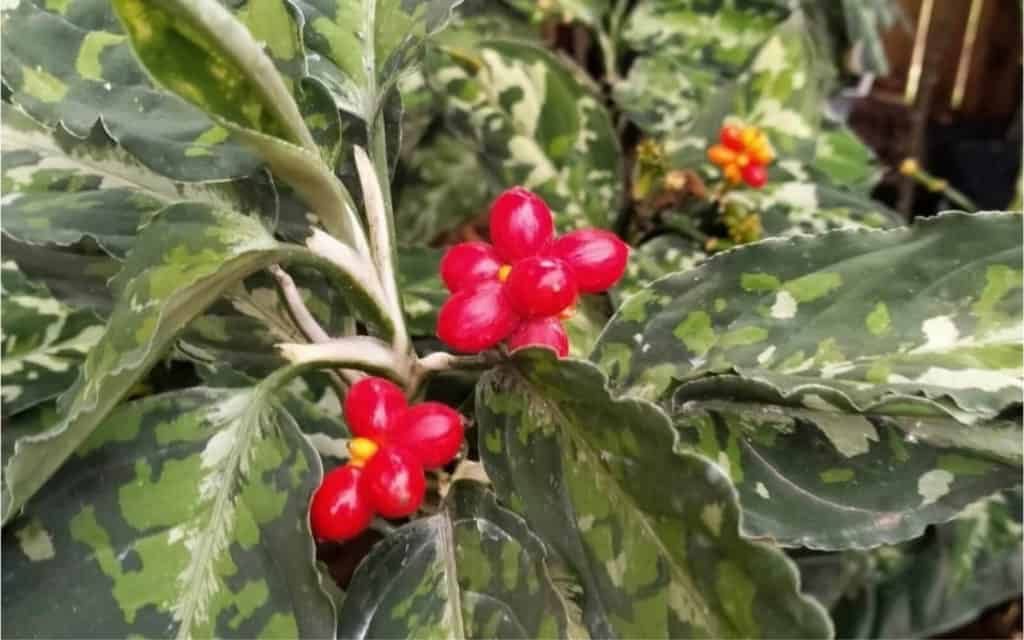
What are the common pests, diseases, and other issues
You should check out your Aglaonema plants’ symptoms to avoid harmful illnesses. A holistic strategy centers on the signs and identification of issues and then decides on a defensive technique that is suitable, safe, and effective.
Here are some common problems and how to fix those:
Aglaonema pictum losing leaves: Stress is the most common reason the plant loses leaves. The stress could result from improper temperature, inadequate light, inappropriate watering schedule, dry soil, or pest infestation such as spider mites or powdery mildew.
Aglaonema pictum yellow leaves: This is usually a sign of overwatering the plant. Inspect any compact soil to ensure it’s moist but not overly soggy.
If you’re using a saucer pan below the pot, check if there is no water pooling underneath. Maintain a light and airy potting mix to help grow a healthy plant.
Aglaonema pictum brown leaves: Lack of proper water and low humidity is a common reason for brown spots on the leaves. Low humidity makes leaves brown as there isn’t enough water for the leaves to transfer nutrients.
You can increase the humidity by placing a humidifier or placing the planter on a water-filled pebble tray. Keep the pebbles away from the roots.
Aglaonema pictum drooping leaves: The Aglaonema plant doesn’t thrive with insufficient water, low soil moisture, or bright light. Underwatering contributes to the dropping or curling of leaves of the plant.
Another cause is the drop in nutrients. Use some organic fertilizers or potting mix to enrich the soil and ensure the air humidity remains high.
Is Aglaonema pictum toxic?
Like all Araceae family varieties of tropical plants, the Aglaonema tricolor is mildly toxic to pets and children due to calcium oxalate crystals. For this plant, sap, leaves, and stems are incredibly harmful.
If ingested in a large quantity, it can result in symptoms like swelling of the tongue, mouth, esophagus, and pain and discomfort.
If your child or pet eats this plant, it could cause discomfort. It’s recommended that you keep this plant unreachable for children and pets.
Conclusion
Aglaonema pictum is an exotic variegated plant with beautiful leaves that is hard to come by and expensive to obtain. But once you start growing this evergreen plant in your garden, it’s a delight to have.
The elegant leaves can provide your home with a lush green look. What’s even better about the Aglaonema pictum tricolor plant is that it can survive mild weather, which is ideal for any garden.
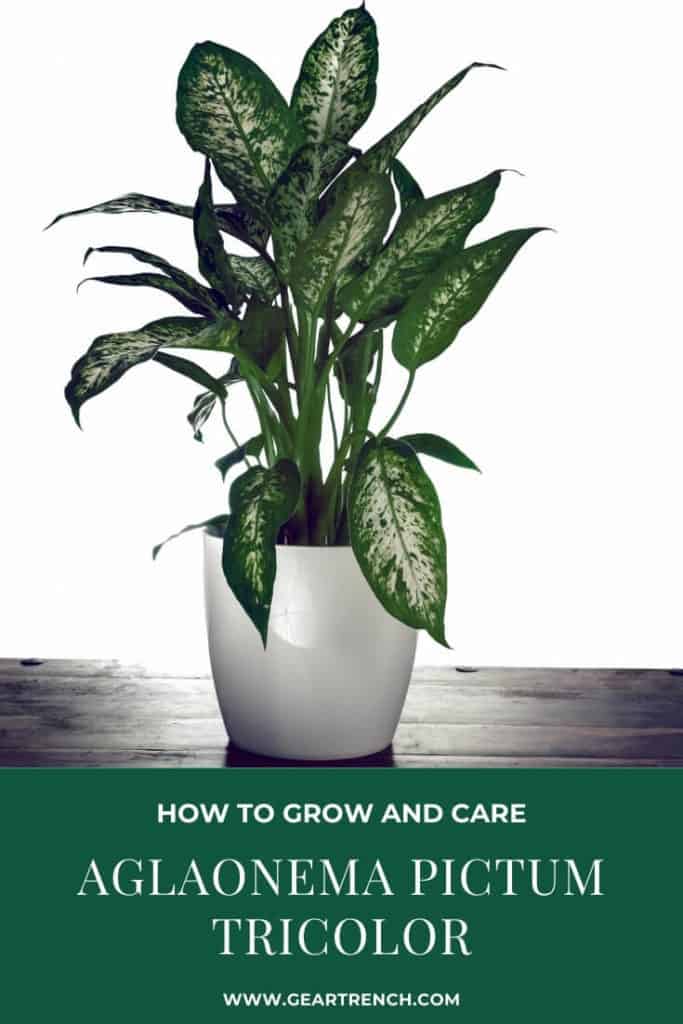
Don’t forget to share this post

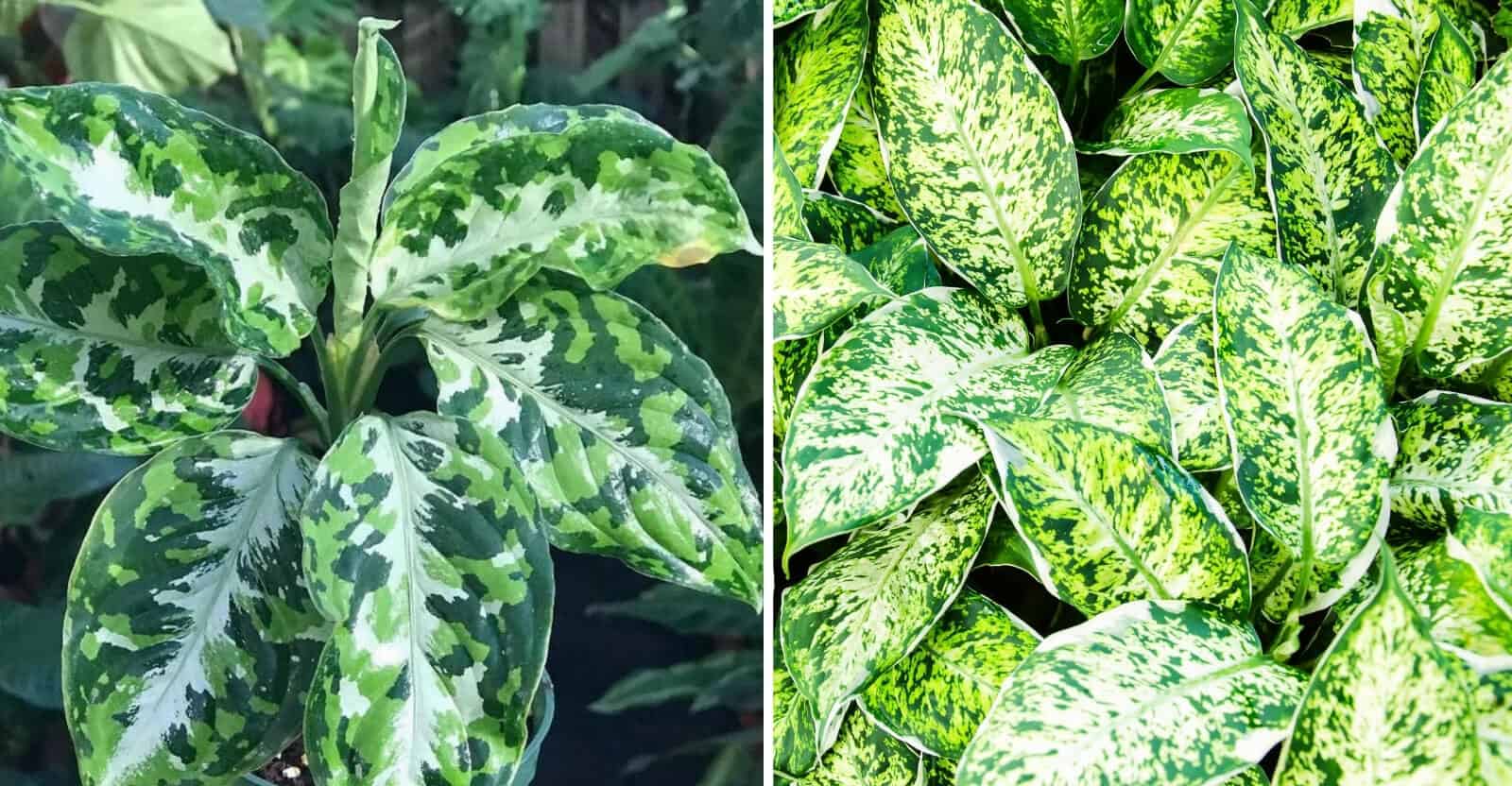

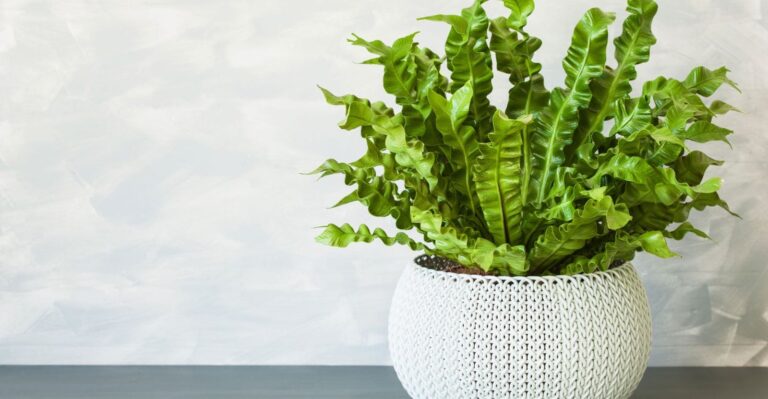
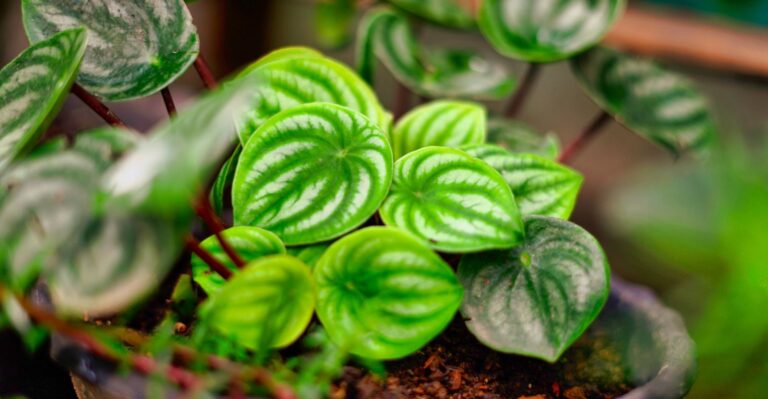


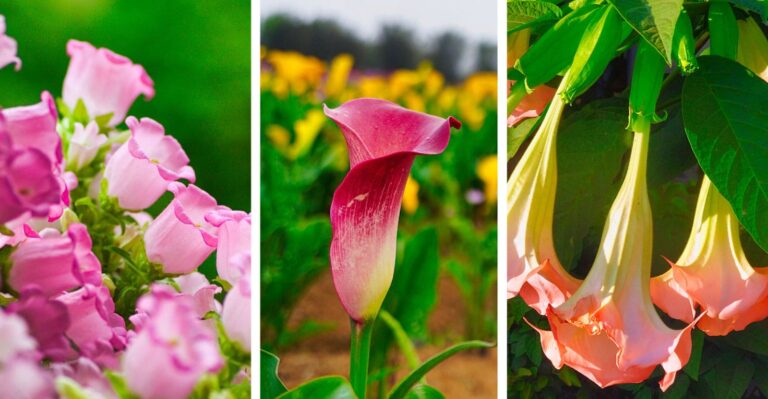
Aglaonema Pictum Tricolor is a beautiful plants, I have many plant. This article is useful for me. Thank you